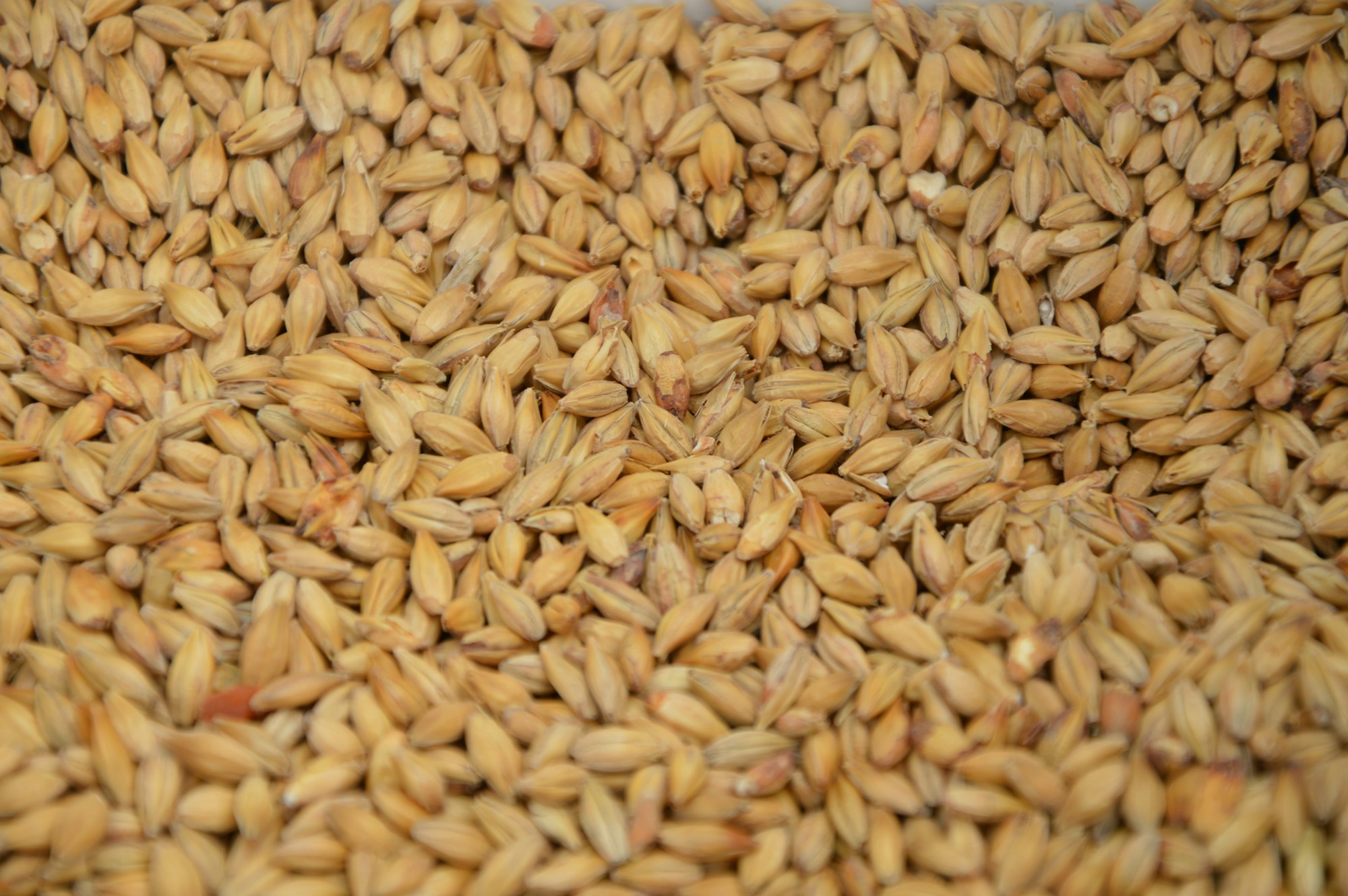
In this article, we will explore how mash temperatures affect the brewing process, including the various temperature ranges used for different beer styles, the impact of temperature on the conversion of starches into sugars, and the effects of temperature on the finished beer.
I’ve been brewing for a few years now, and while I have a pretty good handle on how different temperatures can affect the wort you produce during the brewing process, I often have to remind myself.
When it comes to my own learning, I often find that the best way to learn is to write things down and try to explain it myself – so here goes!
In this article, we will explore how mash temperatures affect the brewing process, the impact of temperature on the conversion of starches into sugars, and the effects of temperature on the finished beer.
Mash Temperature
As every brewer knows, you need to make wort in order to produce a wonderful glass of beer. One of the first steps in the process is mashing, which involves mixing malt with hot water to activate the enzymes that convert the starches into sugars. The temperature of the mash water determines the level of enzymatic activity and therefore has a significant impact on the final beer. Different beer styles require different temperature ranges to achieve the desired results, with common temperature ranges ranging from 63°C to 68°C (148°F to 158°F).
To get a better feel for what that might look like, let’s take a look at the image below.

I first came across this image in a presentation at BrewCon London 2021. While it’s a simple diagram, it paints a pretty good picture of what happens when you mash your brew at different temperatures.
At 63°C mash temperature:
- β-amylase activity is high
- Low extract efficiency
- High wort fermentability
- Expect a lower final finishing gravity
At 65°C mash temperature:
- β-amylase activity begins to decline
- α-amylase activity starting
- Medium extract efficiency
- Average wort fermentability
At 68°C mash temperature
- β-amylase almost inactive
- α-amlyase active
- Good extract efficiency
- Low wort fermentability
- Expect a higher final finishing gravity
Using these details, we can determine that a lower mash temperature range should result in a beer with a lighter body, and a crisper, dry finish. On the other hand, beer styles such as stouts and porters might require a mash temperature of 67°C to 70°C (154°F to 158°F). This higher temperature range results in a beer with a full body, and a rich, sweet finish.
In addition to affecting the body of the beer, mash temperature also affects the beer’s fermentability. The temperature range in which the enzymes are active determines the types of sugars produced, with higher temperatures resulting in a greater proportion of fermentable sugars. This means that beers mashed at higher temperatures will have a good extract efficiency and a higher final finishing gravity, while beers mashed at lower temperatures will have a lower extract efficiency and a lower final finishing gravity. Of course, yeast selection comes into play with alcohol content and final gravity, but this gives you a guide for wort fermentability.
Finally, mash temperature also affects the body and mouthfeel of the beer. Beers mashed at lower temperatures will have a lighter body and a thinner mouthfeel, while beers mashed at higher temperatures will have a full body and a thicker mouthfeel. This is due to the conversion of starches into sugars and the level of body-building compounds, such as protein and dextrins, produced during the mashing process.
Enzymes – Alpha and Beta Amylase
What about Alpha and Beta Amlyase (α-amlyase & β-amylase)? Both of these are enzymes that are naturally produced in malted barley during the malting process. They are important because they break down longer starch molecules into simpler sugar molecules that can be consumed by yeast during fermentation.

At each end of the mash temperature spectrum they play a different role. Beta amylase is arguably the main producer of fermentable sugars whilst Alpha amlyase can create unfermentable dextrins as well as shorter fermentables like maltose.
It’s also worth noting that sparging with liquor below 78°C (172°F) or sparging for too long will increase fermentability as the α-amylase will not be inactivated. This is why sparging at the correct temperature is an important step in the mashing process.
Summary
The mash temperature plays a crucial role in the beer brewing process, affecting the body, its fermentability, flavor, and mouthfeel. Different beer styles require different temperature ranges to achieve the desired results.
As a result, it is important for brewers to carefully control the mash temperature to produce the desired beer, and to experiment with different temperatures to create new and unique beer styles.
There is a lot more involved when it comes to mashing that I haven’t covered in this article. It is a really deep topic! If you’d like to deep dive into the process, I recommend reading this excellent article on the Crisp Malt website entitled “The Crisp Guide to Mashing“.







